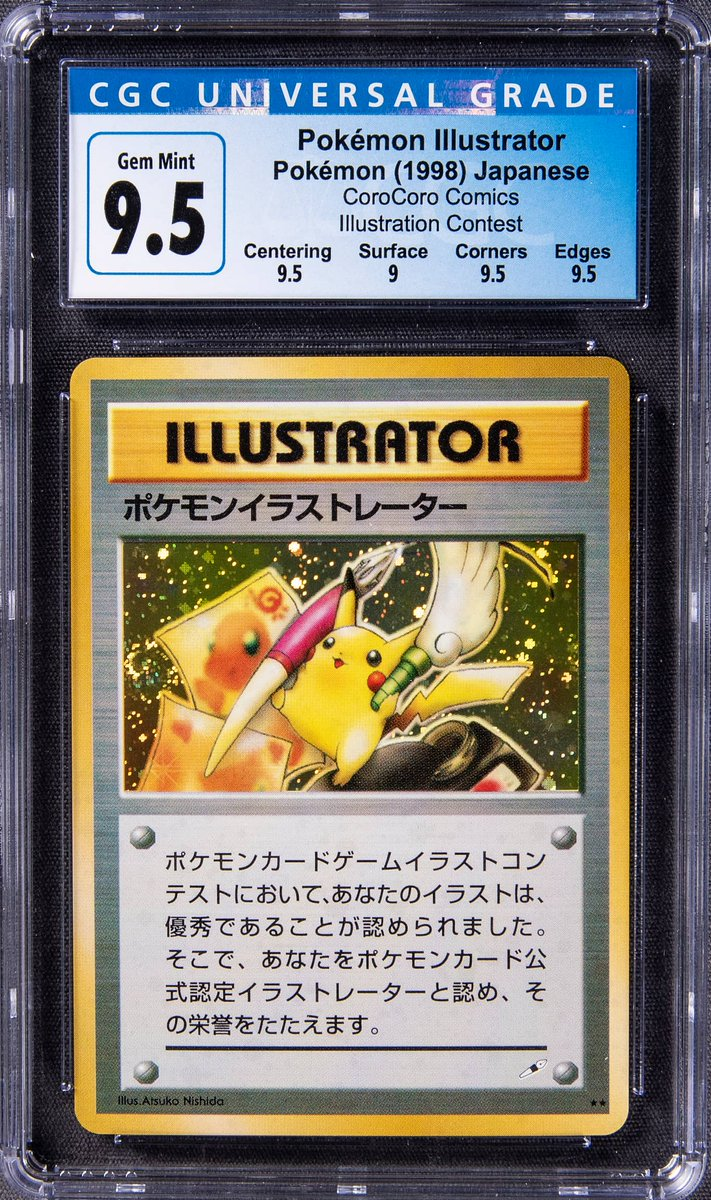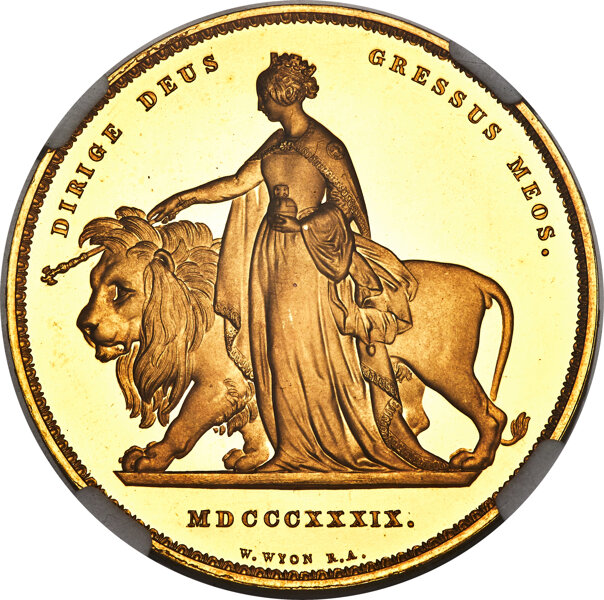AMAZON, MICROSOFT, INVIDIA, TESLA, ALPHABET, Are all trading at 50 times price to free cash flow (which is the cash a company has on hand to operate after paying its obligations) Maybe at 0 percent rates that's acceptable. But at 3,4, 5 percent rates? These stocks make up 25 percent of the SP 500, 50 percent of the Nasdaq 100. These are the creme de la creme. And because of 0 rates they are stretched to the breaking point with debt obligations. On the other hand (or perhaps just differnt fingers on the same hand) 10 percent of all companies in the SP are Zombie Companies - which mean their debt obligations are so great that all their operating capital is not enough to simply service the debt - much less ever pay it down.
In fact there's a whole sector of the economy dedicated to finding healthy companies they purchase with debt that they load onto the companie's balance sheet. It's called private equity. It creates value only for those who purchase the company. Everyone else either loses their job or gets stuck with the debt laden zombie.
It's how Jay Powell the president of the Federal Reserve Bank made his fortune.
At zero rates it's a winning game. As rates rise, it exposes the game as the ultimate ponzi scheme.
Just like Crypto is a ponzi scheme. First in Benenfits, everyone else gets screwed.
Does this sound like a healthy economy? Or does this sound like excess debt policy perfected over 40 years of negative real rates? And how does this economy shift into one with normalized rates after 40 years of debt binge - in all sectors: corporate, consumer, and government?
"Well debt doesn't really matter." You hear that all the time now. Because we've gotten away with it for forty years. But the reason we've gotten away with it is because GLOBALIZATION was a massively deflationary force keeping material and labor inputs low through global outsourcing even as the debt piled up.
But now - Globalizaiton has reversed.
It started with insanely stupid idea of Trade Wars and the insanely cynical idea of stoking Anti Immigrant sentiment (the very immigration that contributed to low wages structures that kept inflation in check.) Now these ideas have morphed into Hot Wars between Russia and the West, and a dangerous Cold War between China and the West; and anti Immigrant Hatreds have morphed into Anti Other Hatred even within countries which is diverting resources from real problems to imaginary problems which is also highly inflationary. Instead of fighting waste, corruption and institutionalized malinvestment we spend our resources fighting "wokeness."
These trends tend to be generational. The Deglobalization trend unfortunately will last for the forseeable future and it will make the 40 years of massive debt buildup impossible to solve as long as it does last.
At the same time the spreads over treasuries for the corporate debt are still near record lows. even as the Fed is raising rates. When the spreads widen, the number of Zombie Companies will only increase.
Consumer debt is at record highs. Servicing this debt will only get harder. Even as goods get ever more expensive.
And govenmnet debt has careened out of control - but reigning that debt in at a time when Government spending accounts for nealy 30 percent of GDP - is a recipe for depression.
So what is the solution?
Prepare.
How?
My solution is weather the storm with Hard Assets. They will rise in value in proportion to the debasment of the currencies that must and will continue. It is the only way to handle the massive debt.
Perhaops there are other solutions. I'm just not aware of other good ones. So I will put my faith in Hard Assets.
I


































